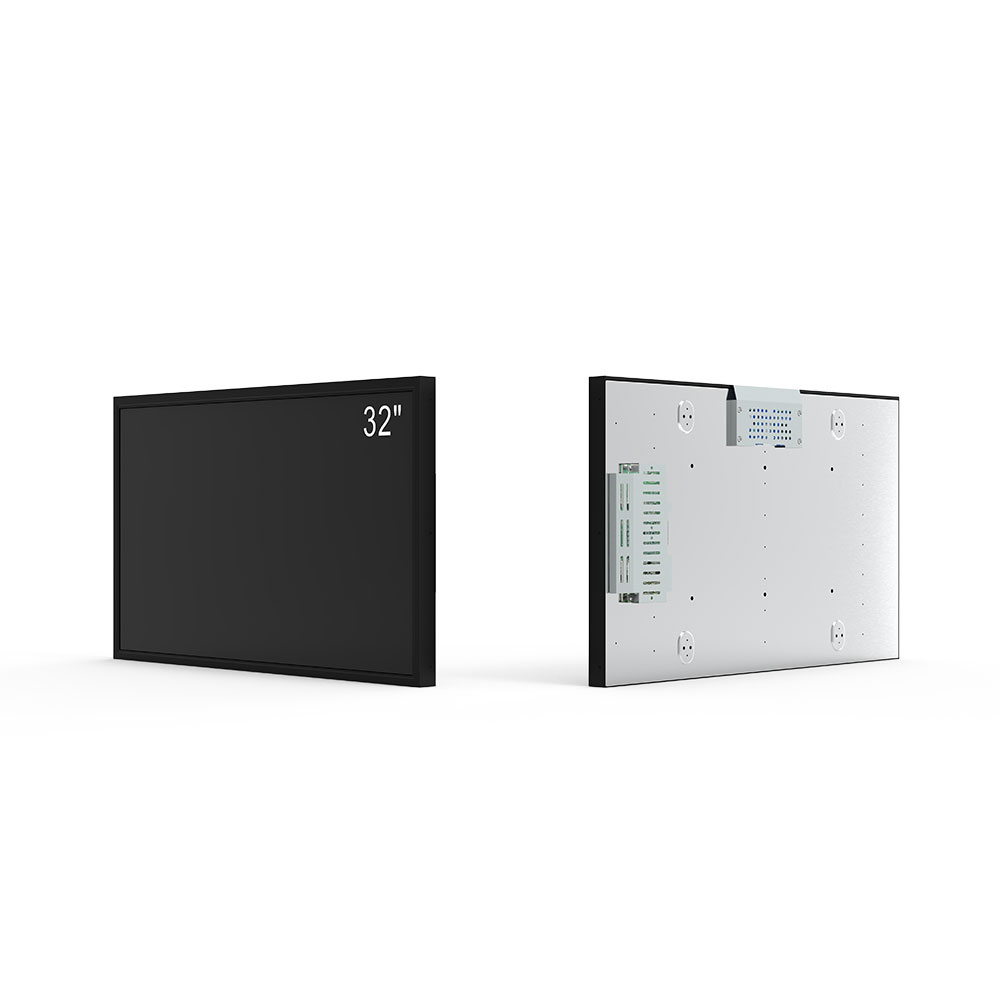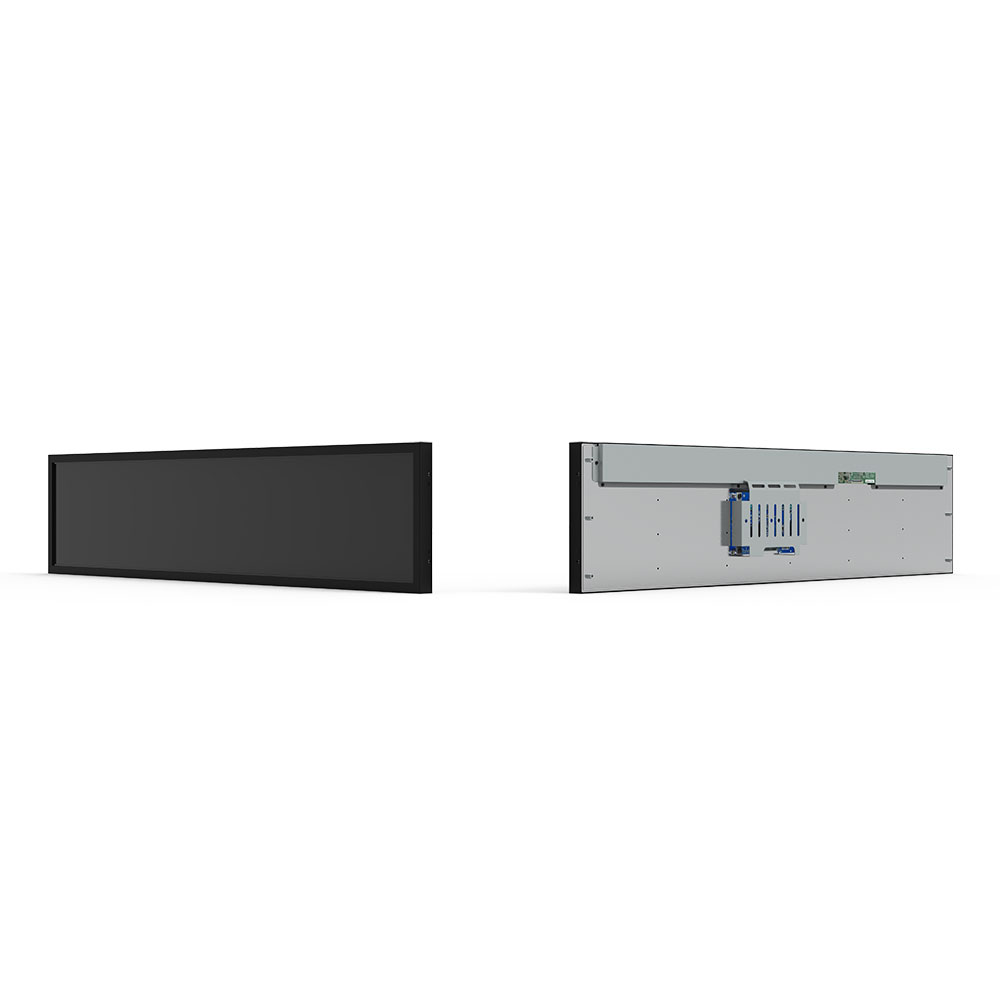- Home
- About Us
- Products
- News
- Video
- Contact
- Send Inquiry
Search
- Home
- About Us
- Products
- News
- Video
- Contact
- Send Inquiry

High-brightness sunlight-readable LCD screens are essential in modern industrial, military, transportation, and outdoor consumer electronics where visibility under direct sunlight is critical. These displays are engineered to maintain clarity, contrast, and color accuracy even under intense solar irradiance—often exceeding 100,000 lux—a standard that conventional LCDs fail to meet. The technology behind these screens involves multiple layers of optical enhancements, including anti-reflective coatings, high-luminance LED backlights, advanced polarizers, and sometimes active brightness control systems.
According to a 2023 report by MarketsandMarkets, the global sunlight-readable display market is projected to grow at a CAGR of 6.8% from 2023 to 2028, driven by increasing demand in defense, automotive, agriculture, and medical devices. For instance, military field equipment such as UAVs, command centers, and handheld communication devices rely on high-brightness LCDs with peak luminance levels reaching 5,000 to 10,000 nits—far above the typical 300–500 nits of consumer-grade displays. Similarly, automotive infotainment systems in electric vehicles (EVs) now integrate sunlight-readable screens to ensure safety during daytime driving, especially in regions with extreme sun exposure like the Middle East or South Asia.

The core innovation lies in the combination of hardware and software optimizations. On the hardware side, manufacturers use high-efficiency RGB LEDs with narrow beam angles and uniform light distribution. Some advanced designs incorporate dual-layer diffusers and micro-lens arrays to reduce glare while boosting brightness. On the software front, adaptive brightness algorithms dynamically adjust screen output based on ambient light sensors, optimizing power consumption without sacrificing readability. This is particularly vital for battery-powered devices such as portable diagnostic tools or ruggedized tablets used in field service engineering.

Case studies from companies like Crystalfontz and Evesham Technologies demonstrate real-world success. A construction site monitoring system deployed in Arizona using a 1200-nit sunlight-readable LCD maintained full operability despite daily peak sun exposure of over 90,000 lux. Another example includes the integration of 700-nit displays in agricultural drones used in Brazil, where operators needed to view GPS maps and crop health data in open fields under full sunlight. These deployments confirm that effective design must align with environmental conditions—not just theoretical specs.
From an industry standards perspective, MIL-STD-810G and IEC 60068-2-1 specify environmental durability, while ANSI/ISA-100.11a and ISO 14522 provide guidelines for display performance in harsh environments. Compliance ensures not only brightness but also temperature resilience, vibration resistance, and long-term reliability—factors crucial for mission-critical applications.
In summary, high-brightness sunlight-readable LCD technology is no longer a niche specialty; it’s a foundational requirement for any device operating outdoors or in bright indoor environments. As energy efficiency, display quality, and smart control features continue to improve, this technology will become increasingly embedded across industries—from smart cities to wearable medical devices—driving innovation and user experience in the most demanding conditions.